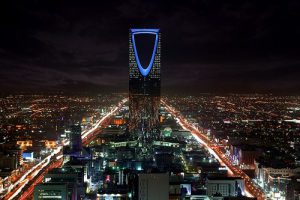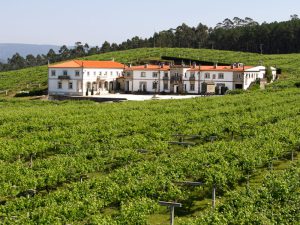Rabat is the main and most beautiful city in Morocco. For almost 900 years of history, many magnificent buildings and structures have been built in it. More details about the most interesting ones are in the following lines. If you have not yet decided to visit the capital of Morocco, we recommend you start from Casablanca, it is the nearest to Rabat, and from Rabat to visit not only Rabat but most of Morocco attractions, 10 days tour in Morocco is enough to visit the whole sites of Morocco.
Old city
The old city is the place from which Rabat began. Since the 12th century, auctions and meetings have been held on its streets and squares, festivals and funerals have been held. It was as if life in this area had come to a standstill. It’s easy to get lost in the narrow, winding streets of this part of the Moroccan capital. Find your way around the merchants who sell all kinds of goods on almost every corner of the old city: from spices to clothes. Fear of trouble in this area is not worth it. It is considered the quietest in Rabat. Rabat is the capital city of Morocco, it is not far from the economical city Casablanca. Therefore, to visit Rabat, it is best to do it from Casablanca as it is the most city where to start their tours.
Bab al-Had gate
Bab el-Had Gate is the entrance to the old part of Rabat. They were erected in the 12th century in a complex of walls that encircled and protected the city. In the 17th century, when Rabat was divided into two parts, Bab al-Had became the entrance to the northern of them – Medina. Inside the building there are rooms for the guards. From the upper platforms of the portal towers, all arriving and departing from Rabat could be viewed.
The gate is now a popular tourist attraction. Several souvenir shops and a copper pole with street lighting lanterns are located near them.
Hassan Tower
Hassan Tower is one of the symbols of Rabat. It is one of the most beautiful Muslim religious buildings. The tower was built at the end of the 12th century and, according to the project, was supposed to have a height of 86 meters. But the emir, who allocated money for the construction of the minaret, died when the building was only 46 meters high. With the death of the ruler, work on the building also ceased.
At the same time, a mosque was built next to the minaret. But over time, the temple collapsed and only the minaret and several hundred sandstone pillars that supported the vaults of the structure have survived to this day. In 2017, the Ministry of Culture of the Kingdom of Morocco plans to begin a complete renovation of both monuments.
Mausoleum of Muhammad V
Near the Hassan tower is the mausoleum of the first king of Morocco, Mohammed V, who ruled in 1957-1961. The tomb of Napoleon Bonaparte was taken as an example for the construction. White marble for the mausoleum was brought from Italy, and the dome was made green and covered with symbols of the ruler’s power.
The floor of the hall, which houses the sarcophagus, is faced with black stone, and the walls are white. A kari is constantly sitting at the coffin – a special person who reads suras from the Koran. Access to the hall is closed. The domina can only be viewed from the gallery, which is surrounded by the mausoleum.
Shellach necropolis
The Schellah necropolis is a place where the Carthaginians, Phoenicians, Romans buried the dead several thousand years ago. It is a huge complex that includes temples, sarcophagi, fountains. Eels and fish splash in the latter.
The cemetery was partially destroyed by the 1755 earthquake. But even the ruins are an interesting sight. Walking along it will give you the opportunity to touch with your hands the long and interesting history of Rabat.
Kasbah-Udaya fortress
The Kasbah-Udaya Fortress is one of the oldest strongholds in Morocco. It was built in the middle of the 12th century by order of a member of the Almohad dynasty, Yakub al-Mansur. With the help of the walls of this fortress and the troops that were hiding behind them, the Almohads controlled a large territory. Members of the dynasty collected taxes and taxes from the people who lived on the lands near the structure.
From the 13th to the 16th century, the stronghold lay in ruins and was used by pirates to defend against attacks by ships from Europe. Artillery pieces belonging to this family still stand on the walls and towers of the Kasbah Udayi.



